7 Landscaping Plants Becoming More Difficult to Find
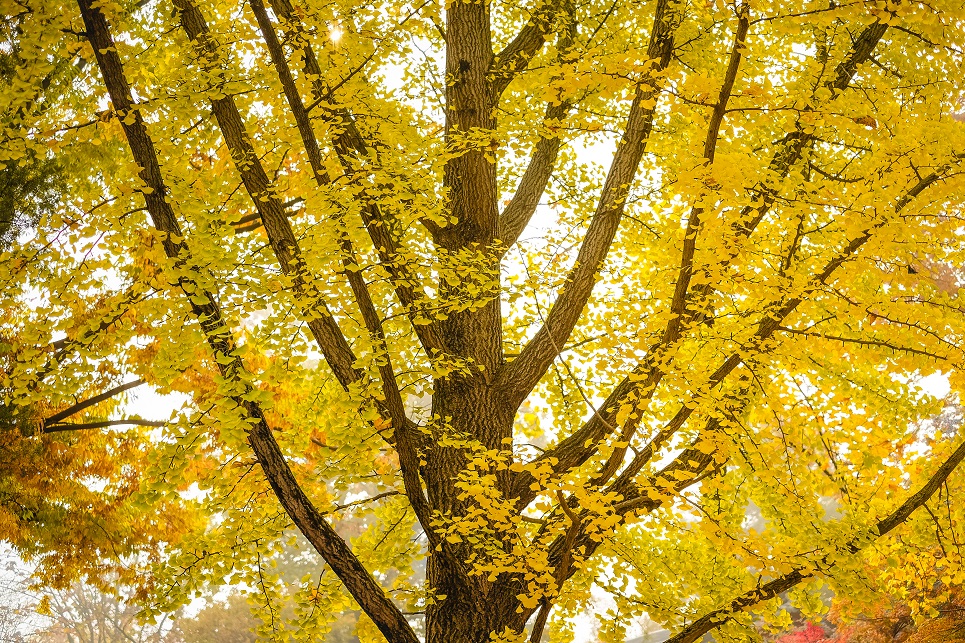
It’s no secret that the COVID pandemic badly affected the landscaping industry. However, as we approach spring this year, it’s becoming clearer that the damage may have been more than anticipated – especially when it comes to the shortages of landscaping plants. Unlike regular plant shortages that happen as a result of demand-supply cycles, this one might be harder to tackle.
Fortunately, you have us to help you out! Read the full post below for our list of seven wholesale landscaping plants that are becoming harder to find so that your company can be prepared this coming season.
Foxtail Fern (Asparagus densiflorus)
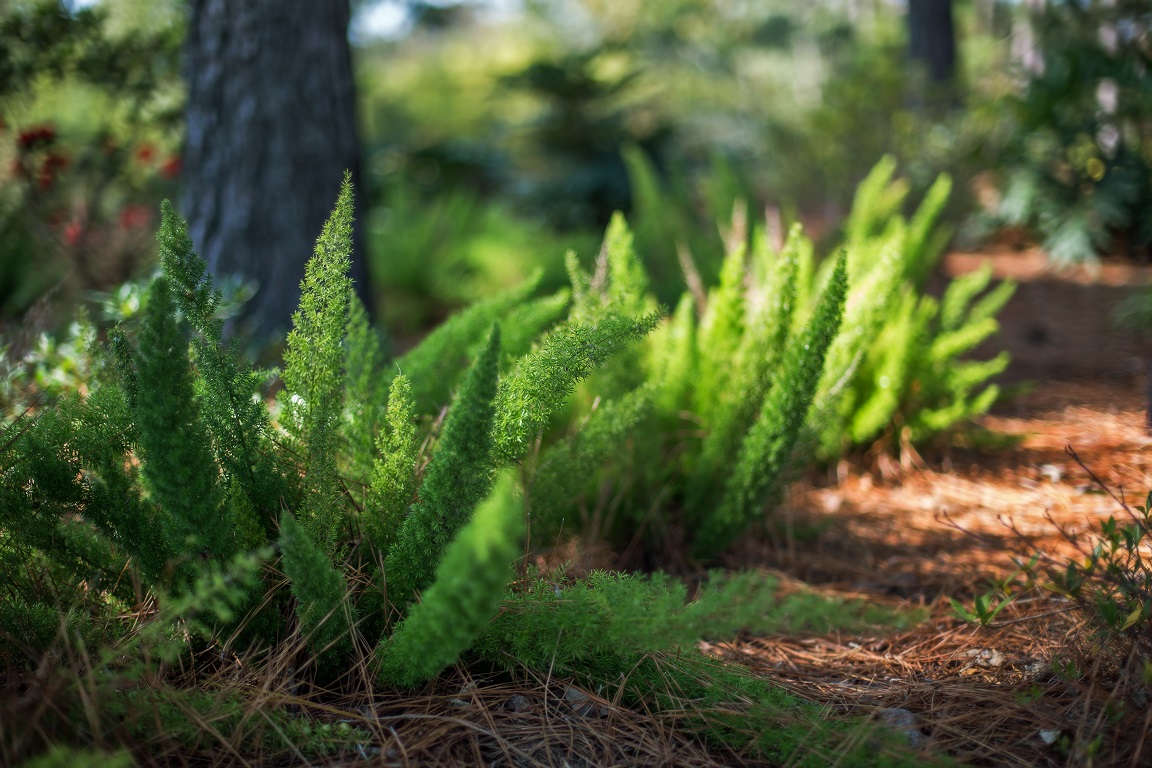
How to manage this shortage: Pre-order – Pay a premium
About: A member of the lily family, the foxtail fern isn’t a true fern. The stems of this hardy plant grow straight up and are covered in vibrant, green, needle-shaped leaves, giving each stem the appearance of a bushy foxtail.
Usage: Accent plant, perennial border plant, or an easily-maintained houseplant.
Swap Tip for Foxtail:
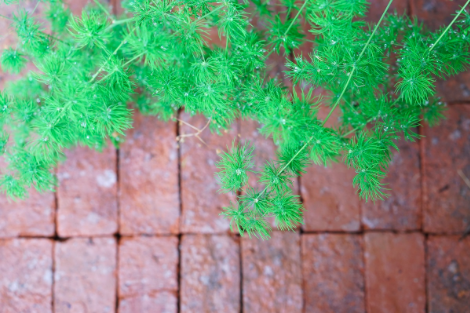
Ming Fern (Asparagus macowanii) – The needles are finer and the stems stand straighter, but the plant doesn’t have the signature symmetrical foxtails. It’s nevertheless one of the more attractive asparagus ferns out there.
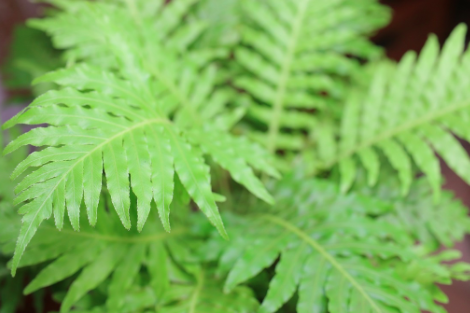
Silver Lady Fern (Blechnum gibbum) – This one is a true fern. The stems grow in a relaxed upright way, but it is still symmetrical and vibrant green, similar to the foxtail. Your landscaping project doesn’t have to compromise on the tropical feel if you go with this plant.
Variegated Shell Ginger (Alpinia zerumbet ‘Variegata’)
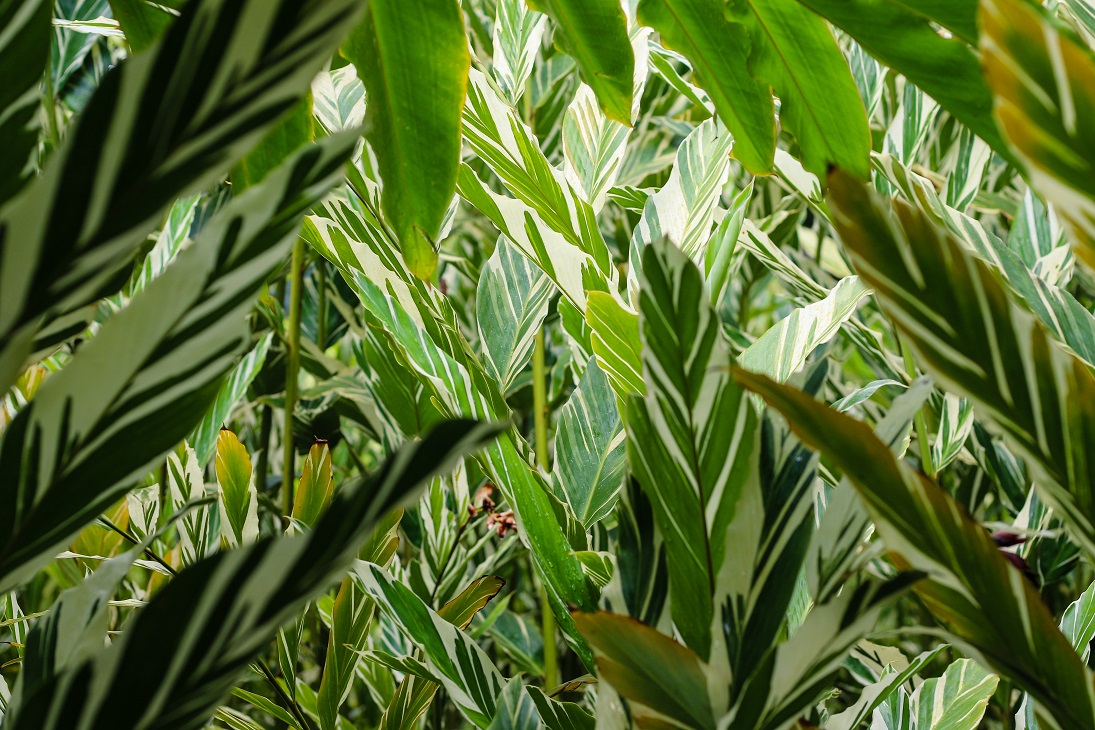
How to handle this shortage: Pre order – Pay a premium
About: These tropical landscaping plants can grow to an impressive size. The stems grow upright and arching, and the leaves are broad and lance-shaped. As expected with the term variegated, the striped colouring of the leaves alternates between dark green and pale yellow. The plant smells pleasantly of ginger and has drooping, shell-shaped flowers.
Usage: Specimen plant, used as a backdrop for bright flowering plants, or kept along the border of plant beds.
Reason for Shortage: Part of the general plant shortages of 2021. They’re out there – you just need to get your hands on them early.
Swap Tip for Variegated Shell Ginger:
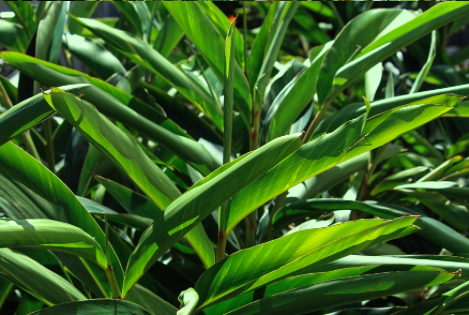
Green Shell Ginger (Alpinia zerumbet) – These landscaping plants are an option if you still want a similar ginger plant in shape and flower type. The green color is deeper and the plant grows slightly larger.
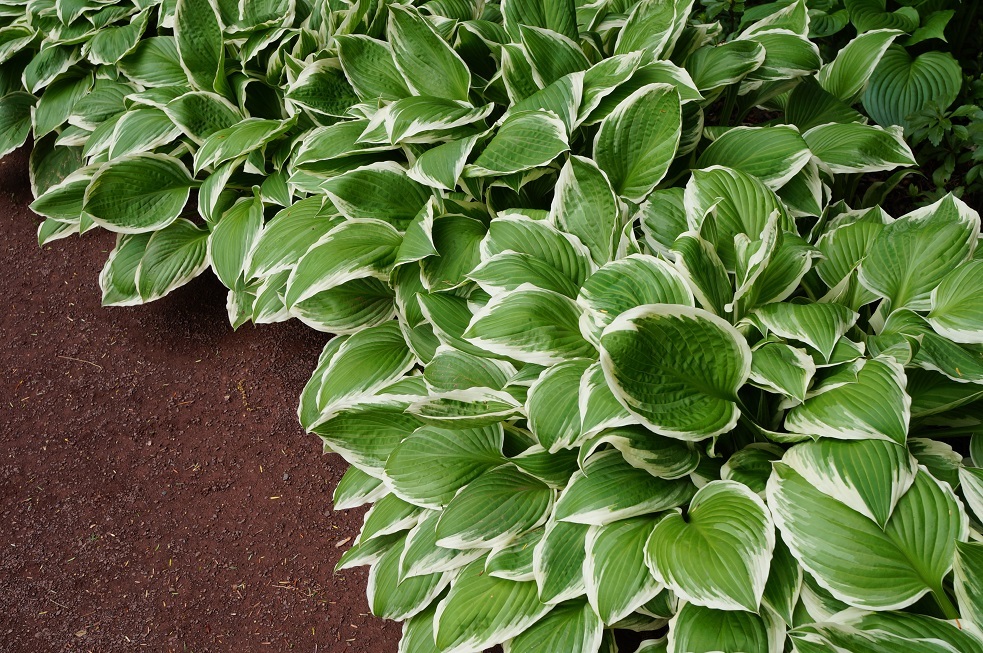
Hosta – An alternative if your goal is an attractive variegated plant that adds a tropical touch.
White Pine (Pinus strobus)
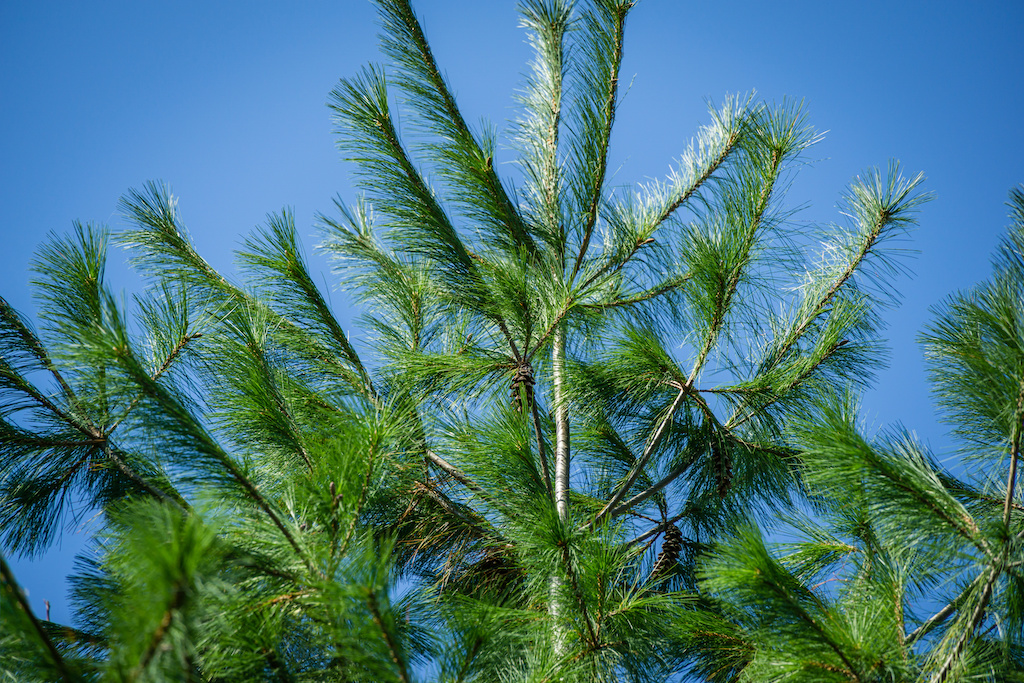
How to handle this shortage: Swap.
About: White pines are large evergreen trees that grow quickly. Their needles have a green-blue hue and grow in bunches of 5. This tree is a native to the Northeastern USA and Canada.
Usage: Specimen trees, excellent shade trees.
Reason for shortage: They’re prone to disease. Climate change has increased the temperature and precipitations in the regions where these trees grow. This has led to the spread of fungal diseases like White Pine Needle Drop or blister rust.
Swap Tip for White Pines:
You can swap for any other variety of pine. Pine trees make up one of the largest families of conifers.
Red pine (Pinus resinosa) – A hardier option that overall looks similar except for its red-hued bark.
Norway Spruce (Picea abies)
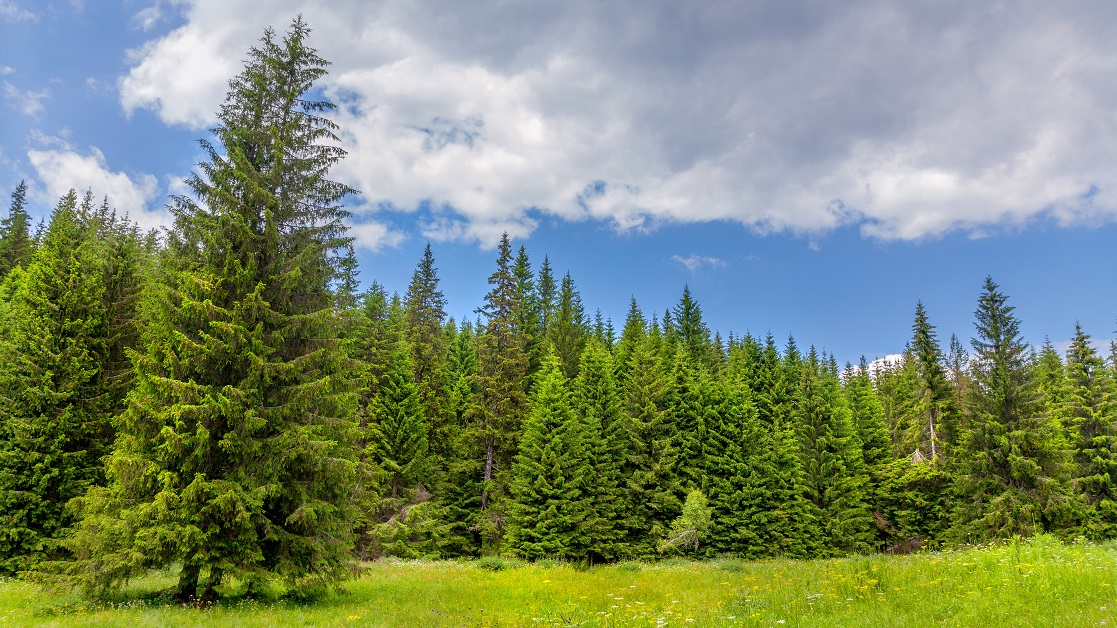
How to handle this shortage: Swap
About: A large, sun-loving conifer with dark green needles. The tree grows into a pyramidal shape, but the branches themselves slope downwards and have large cones that hang from them.
Usage: Specimen tree, also used for windbreaks thanks to its massive size.
Reason for shortage: Increased moisture and temperatures related to climate change made this tree susceptible to stress and disease.
Swap Tip for Norway Spruce:
Replace it with other types of spruce — there are upwards of 30 varieties out there. Note that some cities don’t allow blue spruce because of their predisposition to disease and the high cost to remove them due to their size.
Ginkgo Princeton Sentry [Maidenhair] (Ginkgo biloba ‘Princeton Sentry’)

How to handle this shortage: Swap.
About: A large deciduous tree. It has fan-shaped leaves that go from deep green to bright yellow in the fall. They tolerate urban environments and pollution well, making them great city trees.
Usage: Specimen tree and shade-giving tree. Commonly used in parks and cities.
Reason for Shortage: It’s a popular tree that’s slow to grow.
Swap Tip for Ginkgo:
Wholesale nurseries tend to supply males and hybrid species of the tree. You cannot swap for a female tree because they produce foul-smelling fruit. Ginkgos in general are experiencing a shortage, so an alternative within the same family may be hard to come by and will already be at a premium.
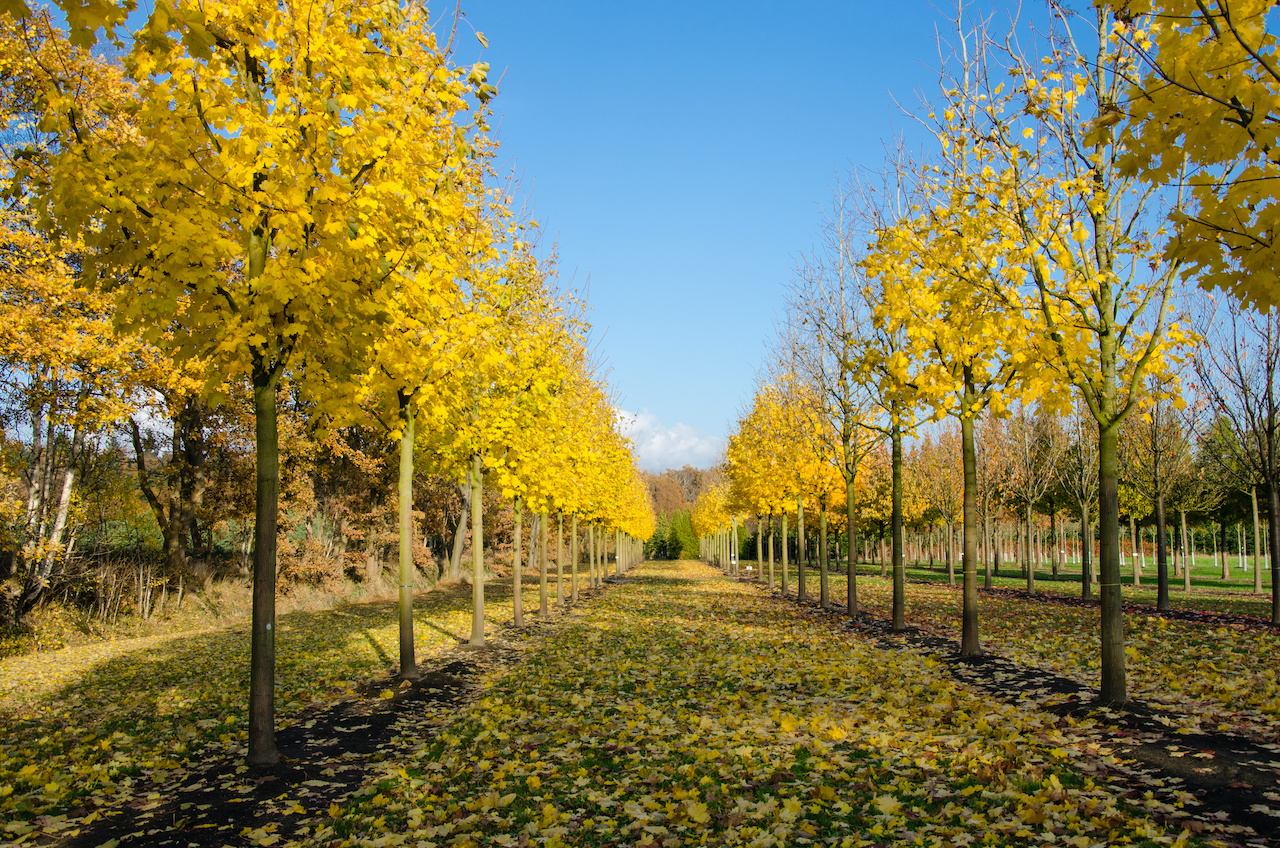
Maple (Acer) – If you want a tree that does well in an urban environment and looks pretty in the fall, the maple family has plenty of options.
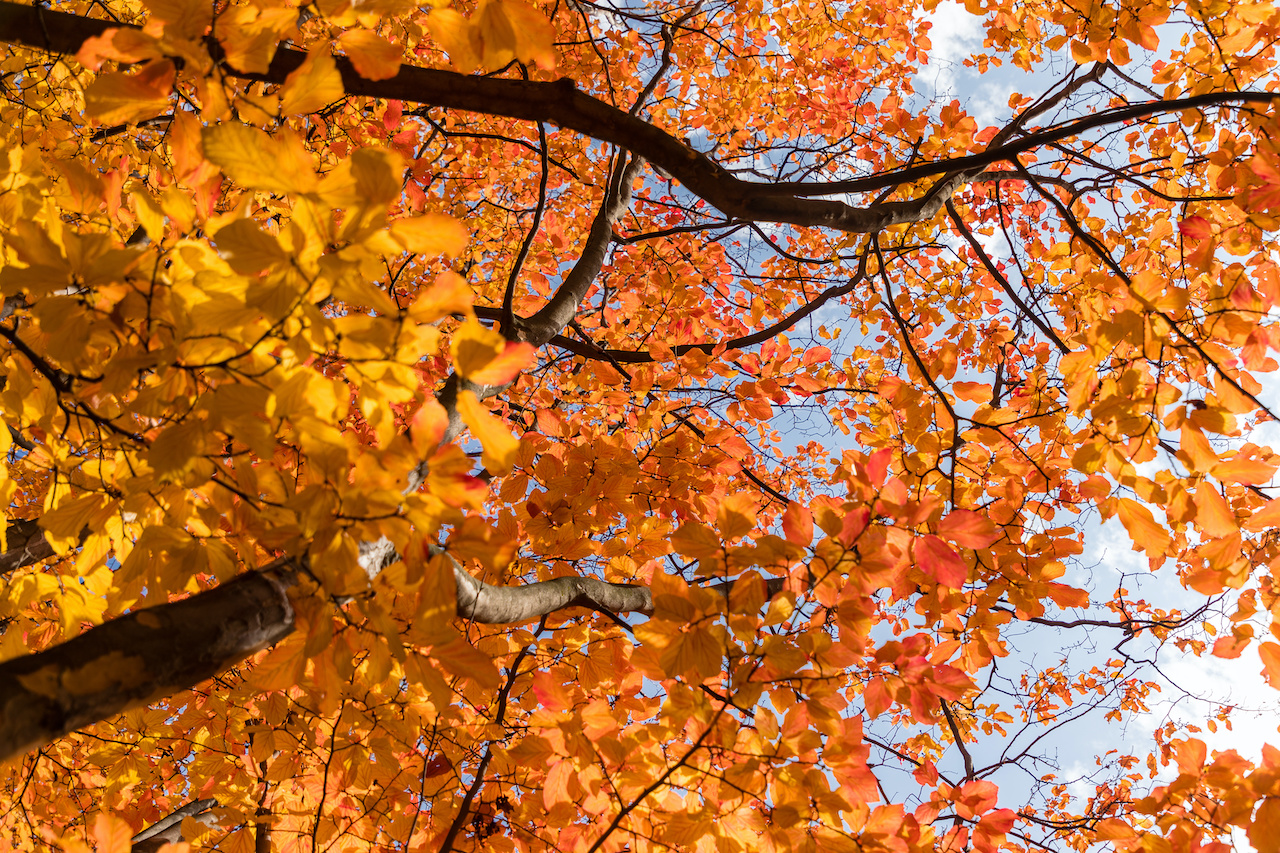
Persian Ironwood (Parrotia persica) – Another attractive and hardy tree that is disease and stress-resistant. This tree also changes color in the fall and has delicate-shaped leaves.
Honey Locust (Gleditsia triacanthos)
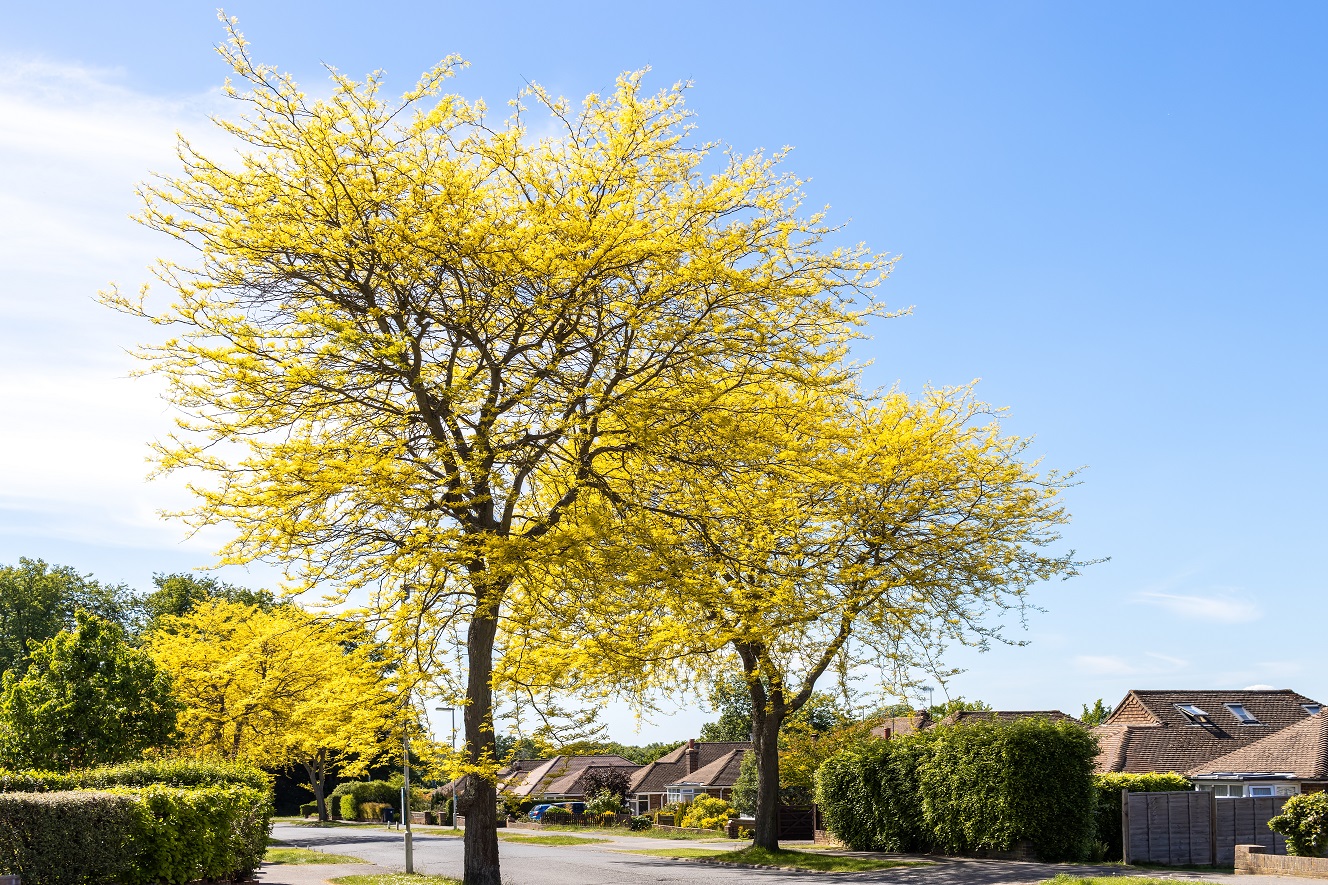
How to handle this shortage: Compromise on size.
About: The honey locust is actually a legume tree. This tree grows quickly and has delicate oval-shaped leaves that turn yellow in the fall. Pods with fleshy bean-like seeds hang from the branches.
Usage: Shade tree, used for windbreaks, and urban-friendly due to stress resistance.
Reason for Shortage: Buying surges related to the pandemic.
Swap tip for Honey Locusts:
Nursery wholesalers have them available because they’re steady sellers. You just have to compromise on the size you purchase — not to worry, they’re fast growers!
Hornbeam (Carpinus Betulus Fastigiata)
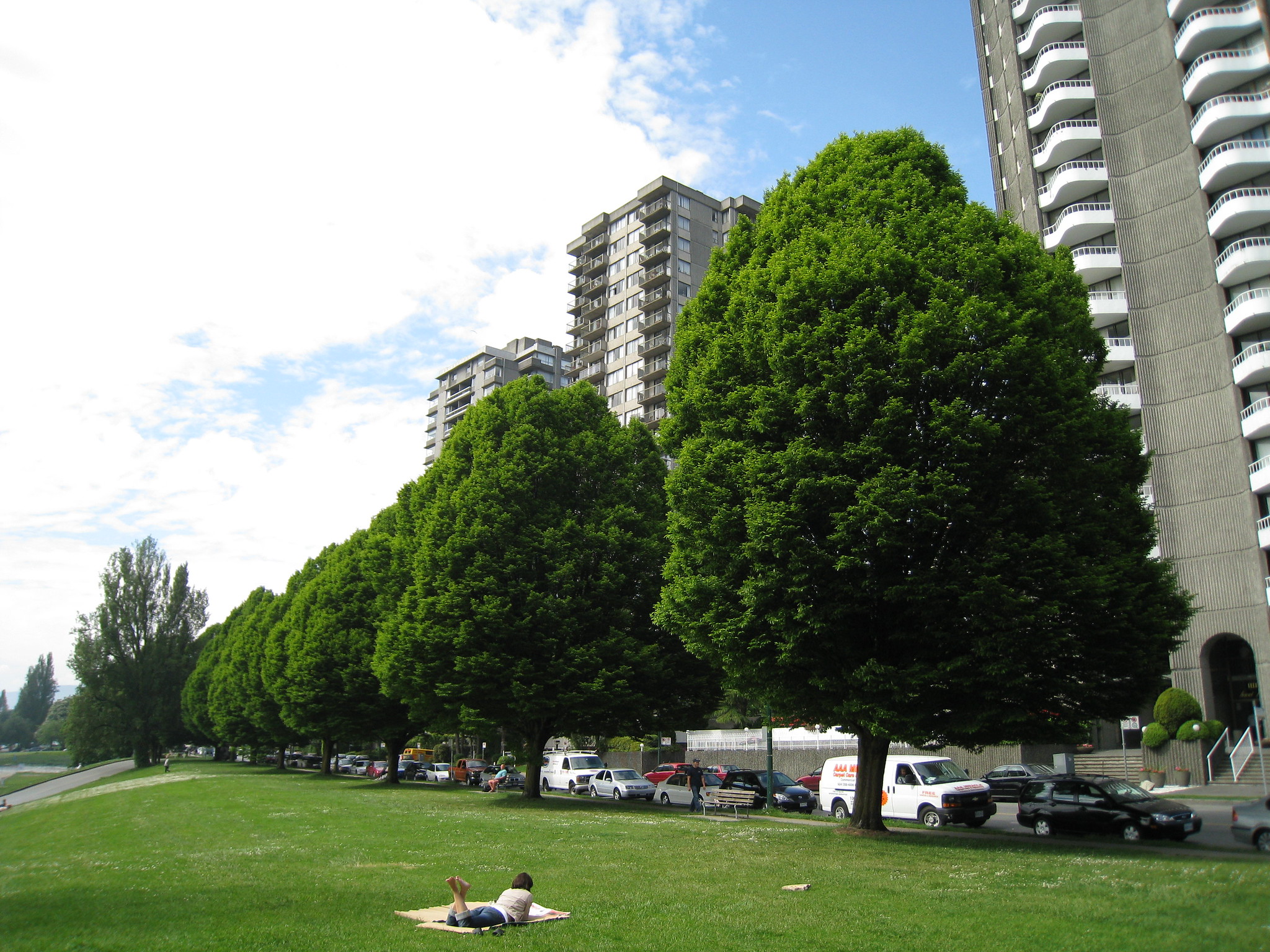
How to handle this shortage: Swap.
About: This is a medium-sized tree whose branches grow upright and oval or tear-drop shaped. The leaves are large, jagged, deep-green, and turn yellow or red in the fall. Another hardy tree that does well with stress.
Usage: Shade trees, common in urban environments, can be turned into hedges with proper pruning.
Reasons for Shortage: Part of the general shortage of 2020 and 2021.
Swap Tip for Hornbeam:
There are many alternatives in the world of fastigiate trees.
Frans Fontaine Hornbeam (Carpinus betulus) – Branches of these landscaping trees grow upward higher than the Carpinus Betulus Fastigiata while still remaining in the hornbeam family.
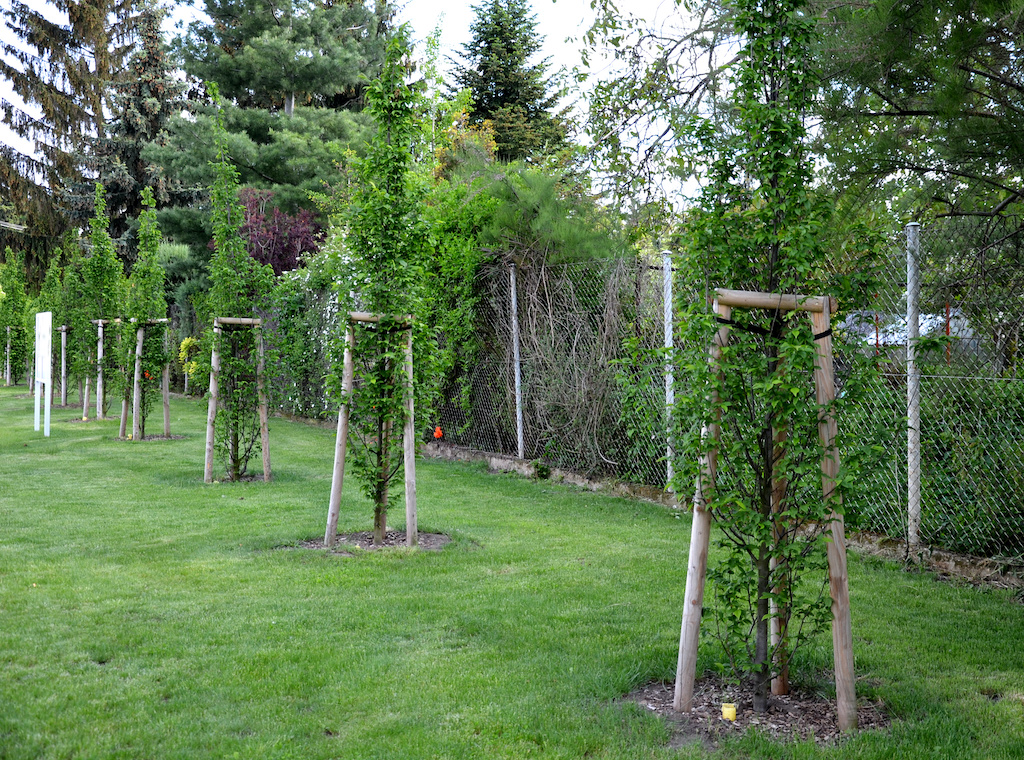
Fastigiate Oak (Quercus robur ‘Fastigiata’) – This tree works for more relaxed landscaping projects as it requires less pruning, while still maintaining the attractive fastigiate properties.
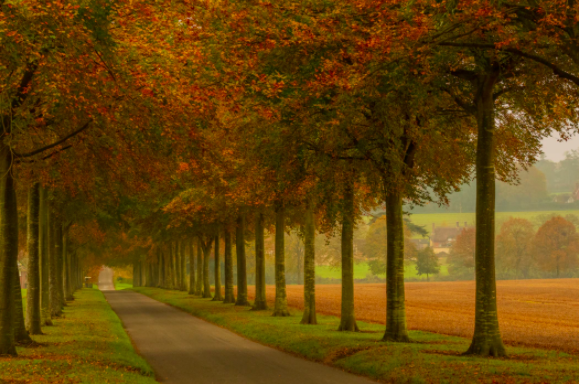
Beech (Fagus) – If you’re creating hedging, this is a popular alternative.
Overall, most of these landscaping plants aren’t impossible to find, you simply have to move quickly. By contacting wholesale nurseries early to reserve them, you’ll have an advantage in dealing with the shortages. Compromising on the size or exact variety is another way to overcome the situation.
Get in touch with wholesale nurseries or with GoMaterials to see what landscaping plants are readily available near you. Once you get this information, you can prioritize these materials for your upcoming projects. If you’re unaccustomed to buying plants ahead of time, this will ease you into the process.
With a bit of foresight and creativity, your landscaping company won’t leave any money on the table this season.
***
Has your landscaping business experienced any plant shortages? Check out our post on the best-selling landscaping plants to stay on top of the trends!

